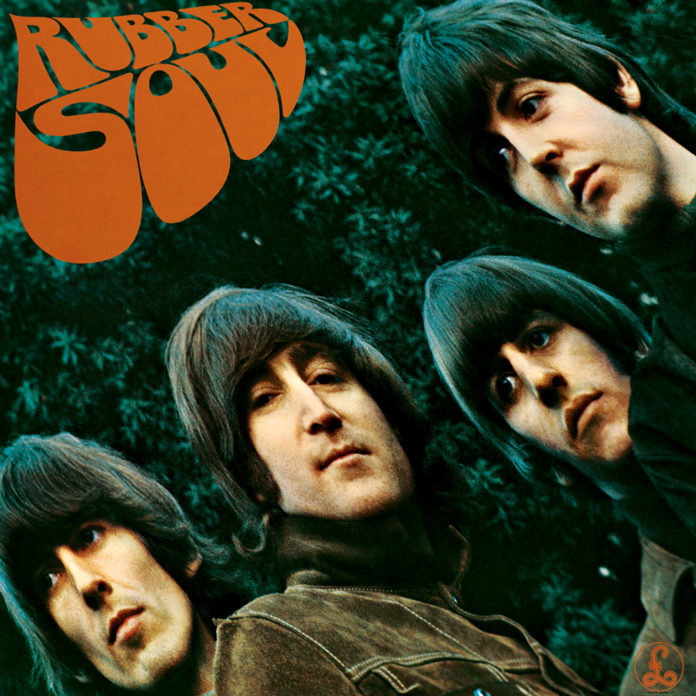When you think of Rubber Soul, the iconic sixth studio album (in just two years!) from The Beatles, you likely envision its groundbreaking blend of folk, soul, and pop. But beneath its polished veneer are hidden gems of trivia and fascinating tidbits that shaped this masterpiece. Here are five little-known facts about the album that changed the game for rock and roll forever.
1. The Title Was Inspired By a Compliment (and a Slight Jab)
Paul McCartney was inspired to name the album Rubber Soul after overhearing an American musician describe Mick Jagger’s singing style as “plastic soul.” McCartney turned the phrase into a cheeky nod to The Beatles’ own attempts at soul music, adding a dose of self-deprecating humor to their groundbreaking LP.
2. “Norwegian Wood” Introduced the Sitar to Rock Music
George Harrison’s use of the sitar on “Norwegian Wood (This Bird Has Flown)” marked the first time the instrument was featured prominently in a rock song. Inspired by Ravi Shankar and introduced to the instrument during the filming of Help!, Harrison’s sitar work sparked a fascination with Indian music that would deeply influence the band’s later works.
3. A Marathon Recording Schedule
The Beatles recorded Rubber Soul in just over a month, an unusually tight schedule by today’s standards. Working long nights and early mornings, they completed the album with just hours to spare before the release deadline. Despite the pressure, the sessions yielded some of their most innovative work, showcasing their growing studio prowess.
4. The Hidden Bach Influence on “In My Life”
The iconic piano solo in “In My Life” isn’t actually played in real time. Producer George Martin recorded the solo at half speed, then sped it up during playback to give it the intricate, harpsichord-like quality fans adore. Lennon had requested something “Bach-like,” and Martin delivered a timeless classical touch to the track.
5. The Album’s Cover Was a Happy Accident
The stretched effect on the album’s cover photo was a fluke. Photographer Robert Freeman was projecting the image onto cardboard when the board slipped, elongating the image. The band loved the trippy, distorted look, which perfectly matched the experimental vibe of Rubber Soul.
Rubber Soul isn’t just an album; it’s a journey that redefined what rock music could be – and again, their sixth album in just two years. Its mix of innovative sounds, deeply personal lyrics, and creative risks set the stage for the sonic revolutions of Revolver and Sgt. Pepper’s Lonely Hearts Club Band. Whether you’re a lifelong fan or new to its wonders, revisiting Rubber Soul reveals a masterpiece that continues to inspire artists and listeners alike.







